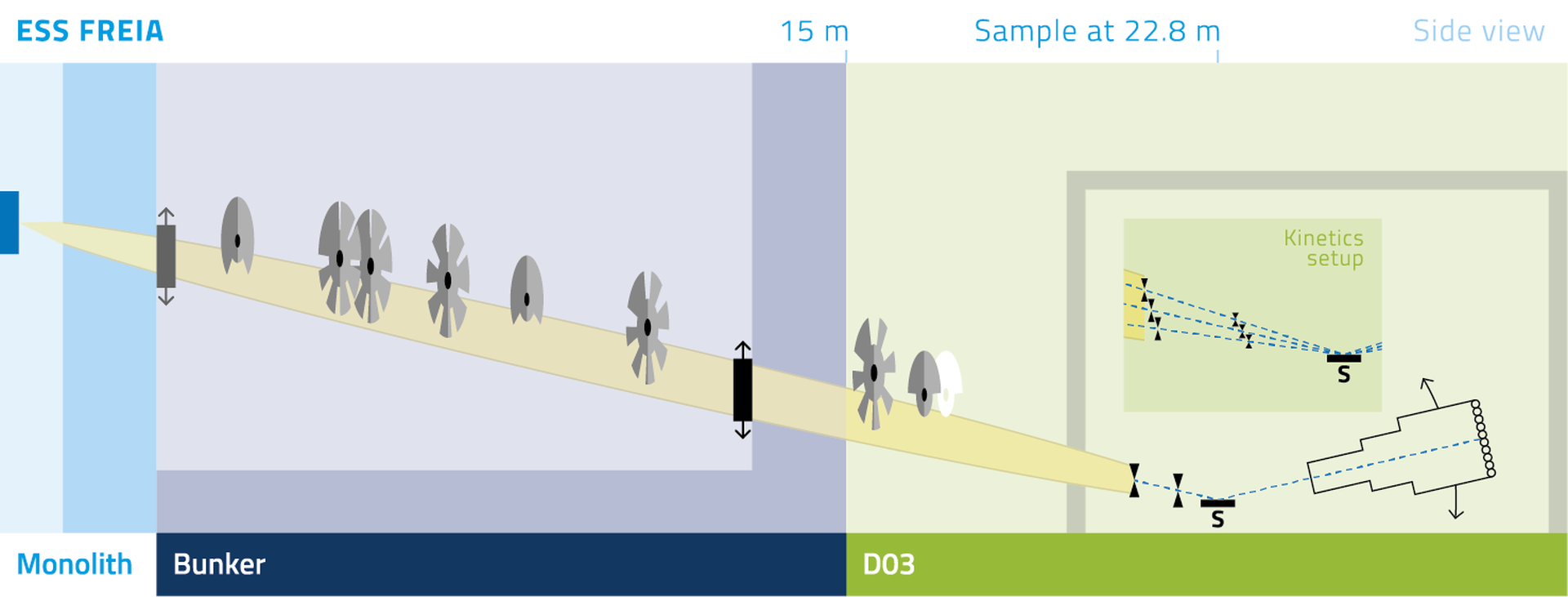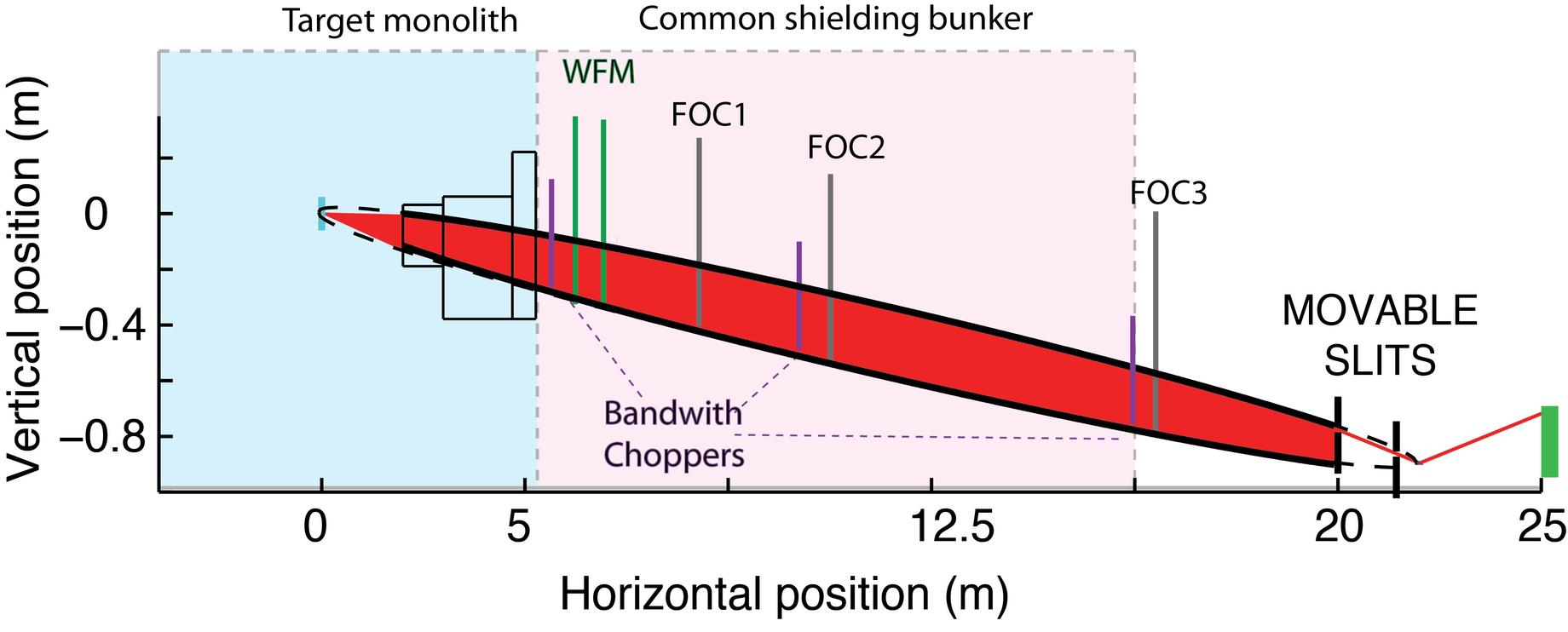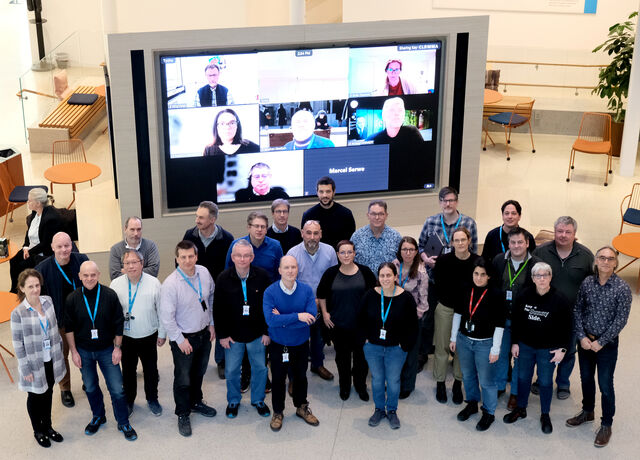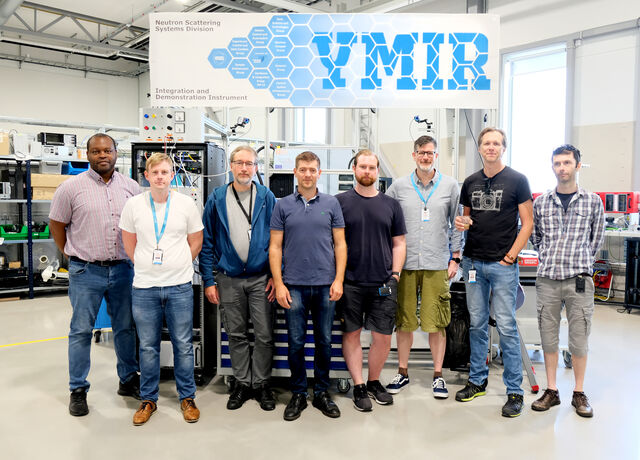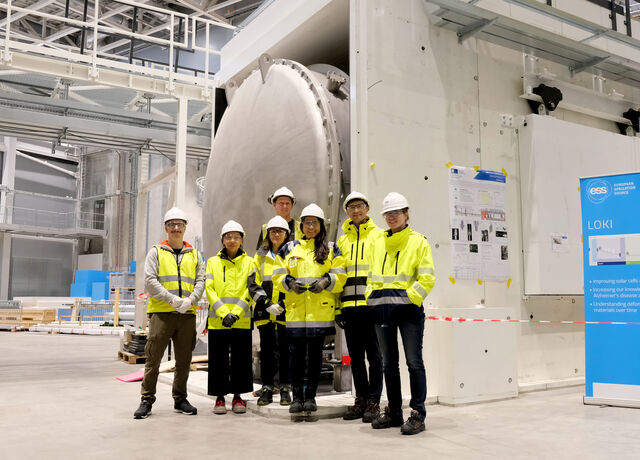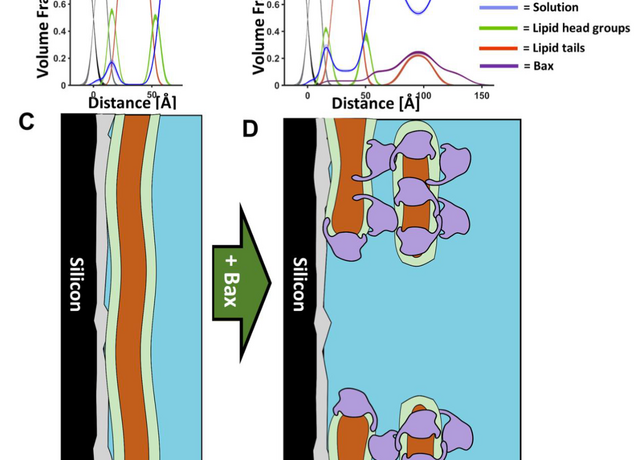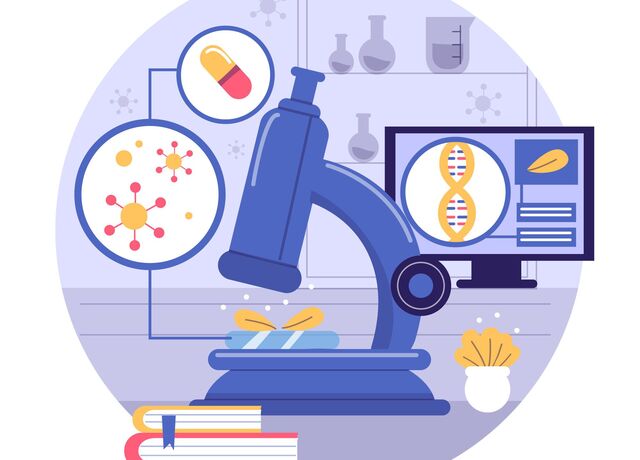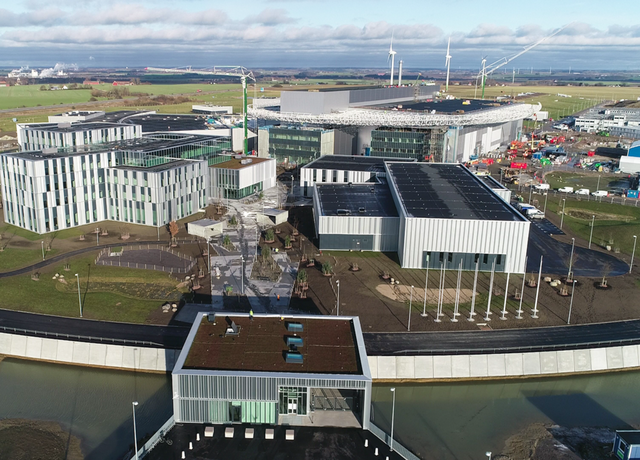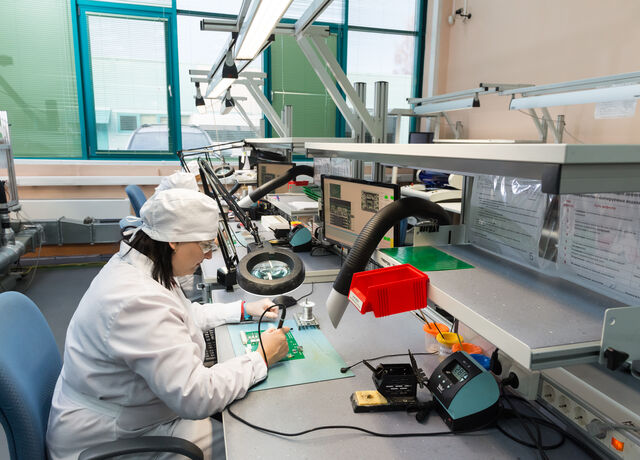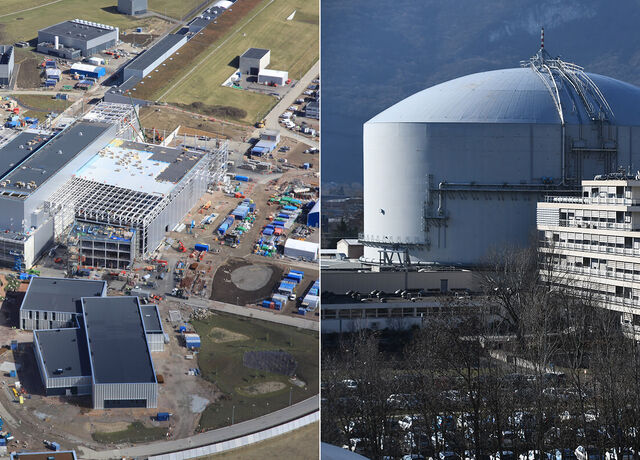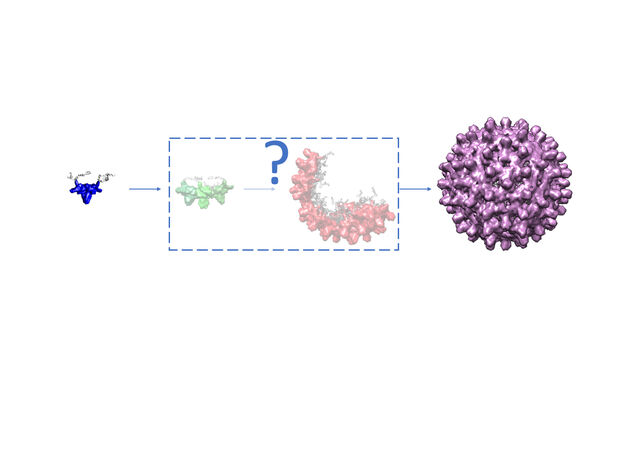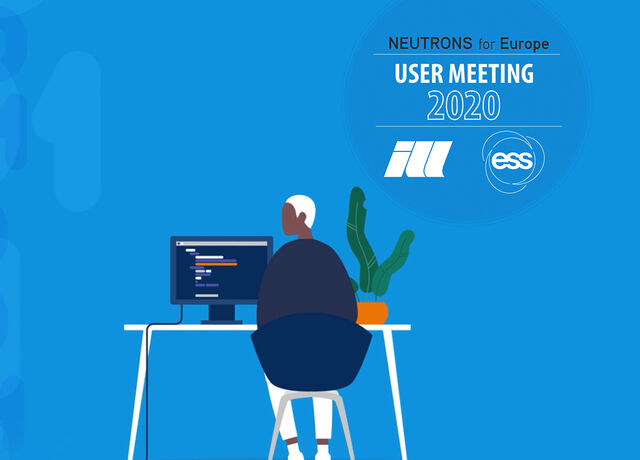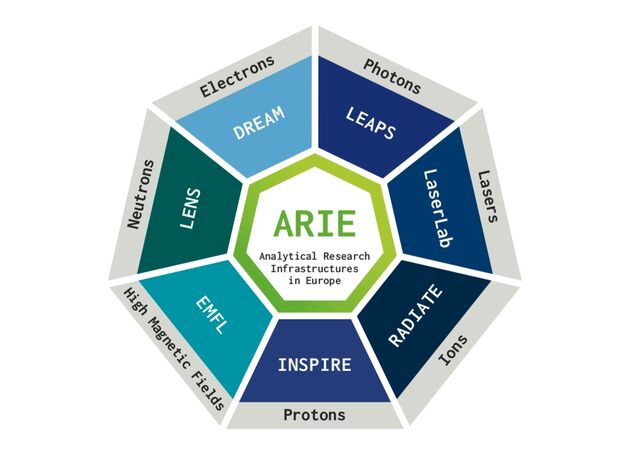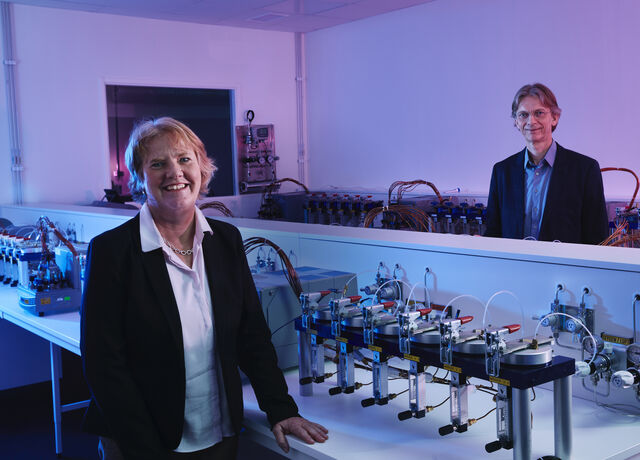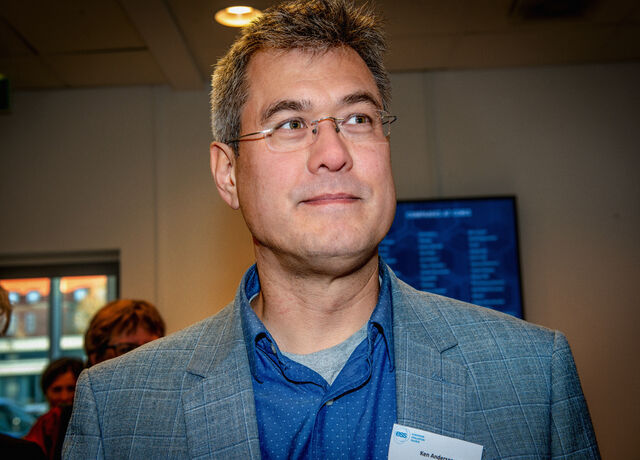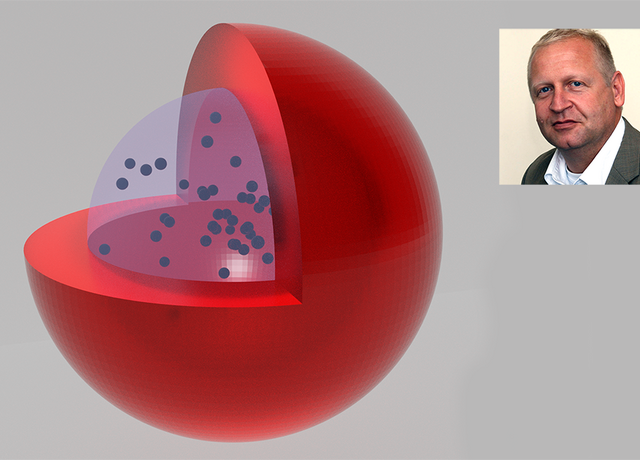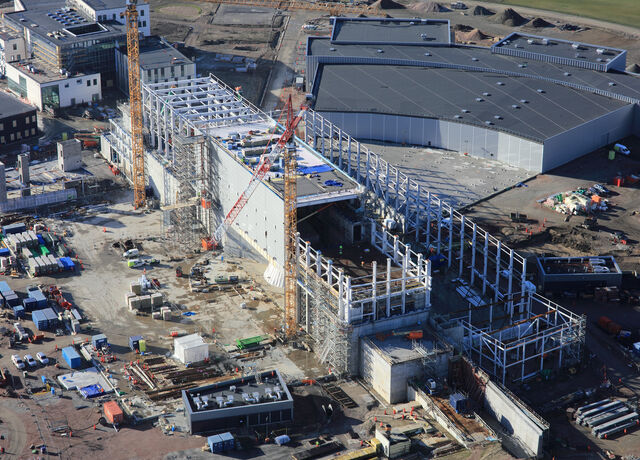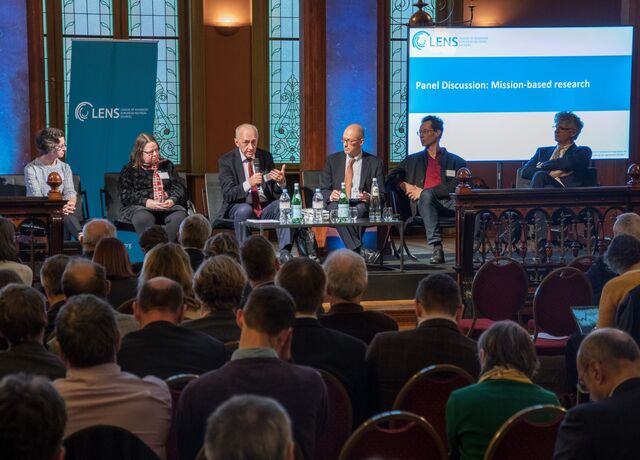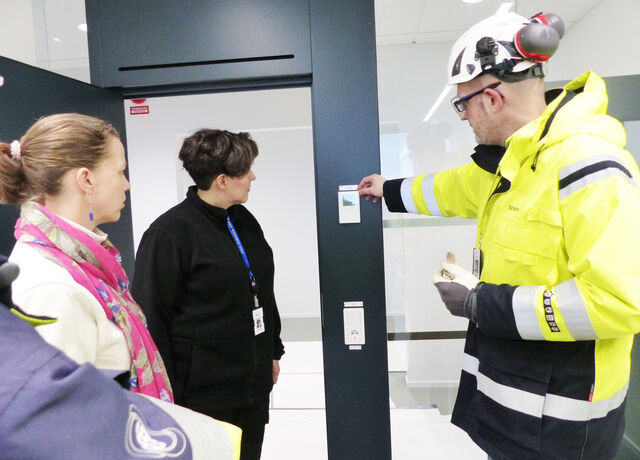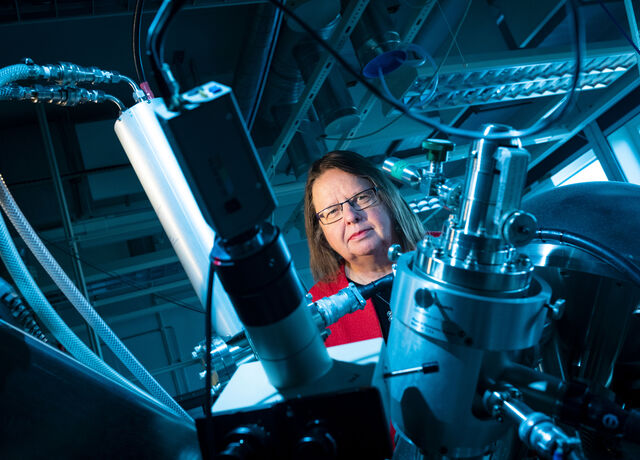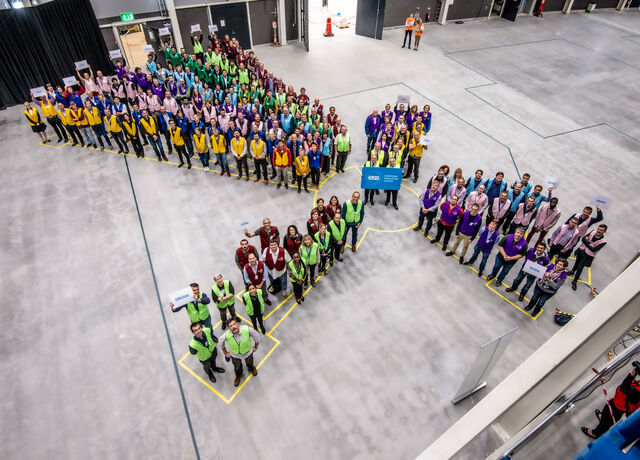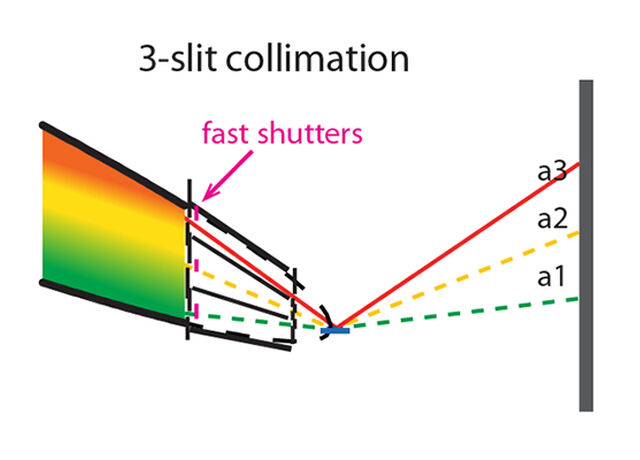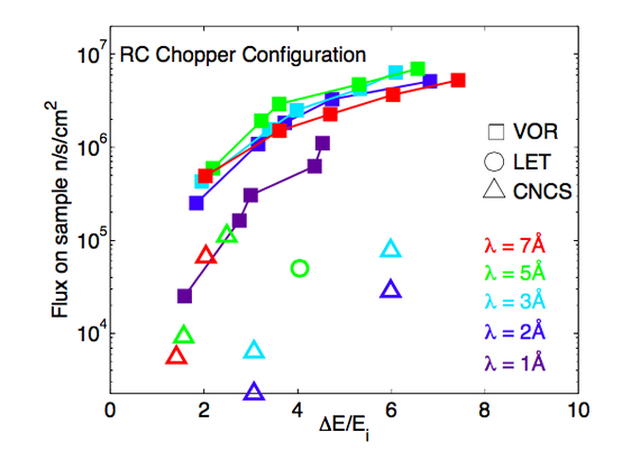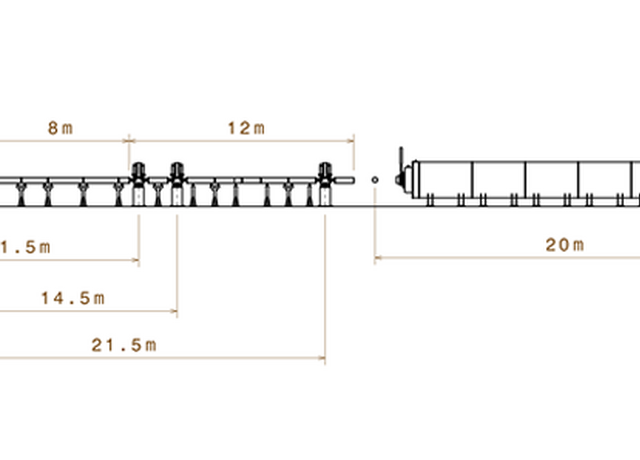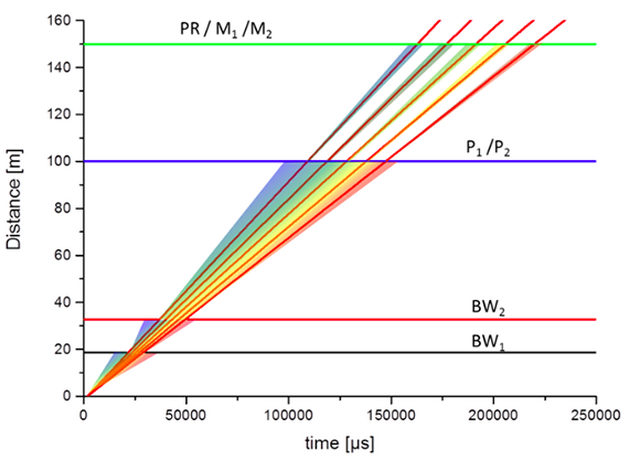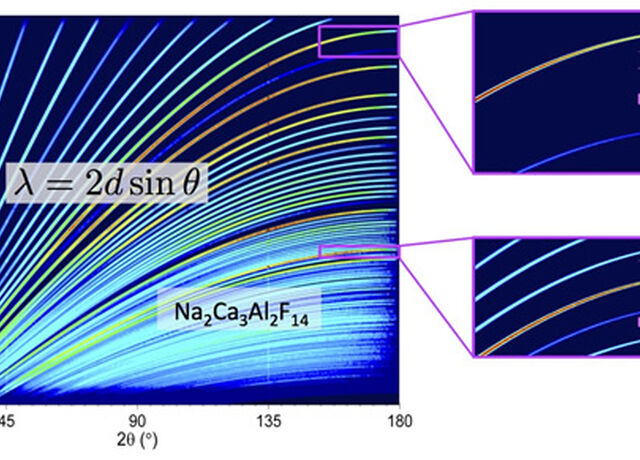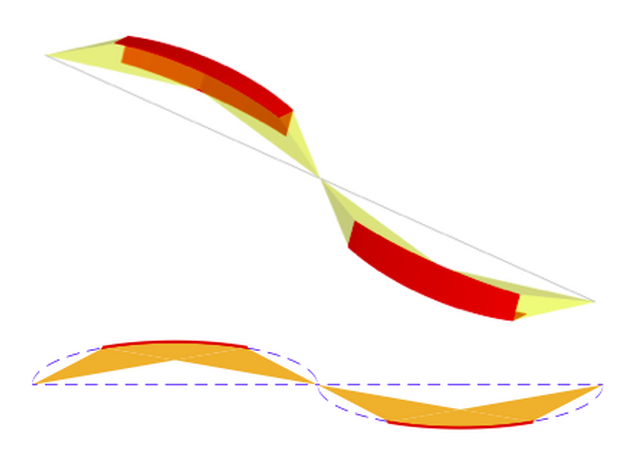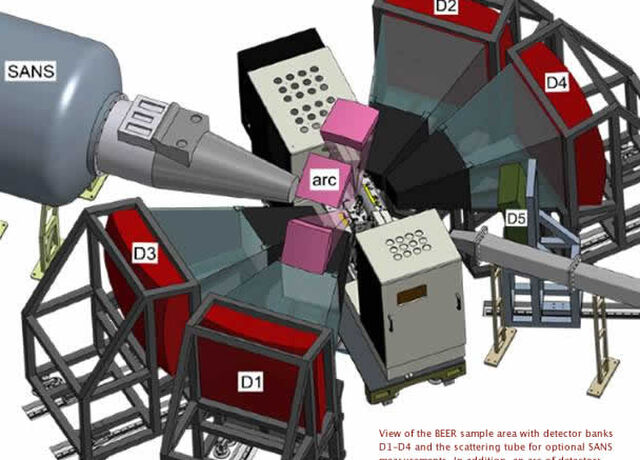FREIA
Liquids Reflectometer
Understanding surface chemistry and the properties of layers and buried interfaces is a key challenge in life science and soft matter research. Examples include biological membranes, drug delivery systems, cosmetics and food. Neutron reflectometry is well suited to probing interface systems, and FREIA is a reflectometer optimised for soft condensed matter and life sciences. Both the structure and kinetics in thin film samples are of interest, particularly during their formation and in response to environmental changes. FREIA will allow experiments to be carried out without moving the sample, meaning that fast simultaneous measurements can be made over a very broad structural range to follow dynamic processes, such as chemical reactions, deposition of coatings and encapsulation/release from smart materials.
Instrument Class
Beam Port
Lead Scientist
Lead Engineer
The challenges to be met in soft condensed matter and the life sciences are as wide ranging as the topics investigated. These include, but are not limited to:
- Self-assembly of surfactants, polymers and proteins at solid and liquid interfaces
- Rearrangement processes in thin films: e.g. polymer interdiffusion, inter-layer movement (e.g. lipid flip-flop), annealing/drying/exchange/wetting processes in composite films such as photovoltaic materials.
- Encapsulation and release of components in e.g. plastics, polymer blends, drug delivery and implant materials, chemical and biological sensors
- Switchable materials that undergo structural changes in response to external stimuli (chemical, mechanical, electrical or electromagnetic) with potential device applications
- Surface reactions that involve change in the film structure or chemical composition; e.g. enzyme catalysis, oxidation or other film degradation reactions, receptor-ligand binding, drug-target interactions, surface functionalisation etc.
Time-of-flight (tof) neutron reflectometry offers the possibility to record a range of Q-values simultaneously, allowing determination of both structure and chemical composition as a function of time. The key challenge lies in matching the time-resolution and the dynamic Q-range of the measurements to the time scales of the structural changes investigated. The key scientific drivers for FREIA are to allow fast kinetic measurements with the broadest possible simultaneous Q-range, and to provide high-throughput measurements across the scientific scope.
The instrument views the upper cold moderator and consists of a single elliptical guide, which is inclined at 2° below the x-axis and has its first vertical focal point in the cold moderator.
The guide has elliptical top/bottom faces while the horizontal guide with is constant at 4cm. The first 13m of the elliptical guide encloses a horizontal S-bender with 3 channels (m=3.2) and 130m radius of curvature. The elliptical guide and has a variable m-coating on the top and bottom faces varying from m=6 at the start/end to m=3 in the middle and back. The elliptical guide ends at 20m, and is followed by a 15cm gap for a solid-state silicon S-bender (upgrade option) for polarizing the beam, the collimation section. The 2m collimation section consists of interchangeable 3 guide sections, each designed to work with the polarized beam upgrade option:
- three-slit package + fast shutters for kinetic measurements (guide split into 3 horizontal channels)
- inverted geometry experiments using a deflection mirror (m=6) using the same slits as in 1
- conventional collimation with a vertically absorbing guide between two slits
The detector, designed in-house at ESS is located at a fixed distance of 3 m from the sample and has 0.5 mm x 2.5 mm resolution on the 250 mm x 250 mm area.
Sample Environment
FREIA will have access to the common pool of sample-environment equipment provided by ESS.
Publications
Andersen, K. H. et al. The instrument suite of the European Spallation Source. Nuclear Instruments & Methods in Physics Research Section a-Accelerators Spectrometers Detectors and Associated Equipment 957, 39, doi:10.1016/j.nima.2020.163402 (2020).
Lead Scientist
Tom Arnold
Lead Engineer
Jon Elmer
tbc



























